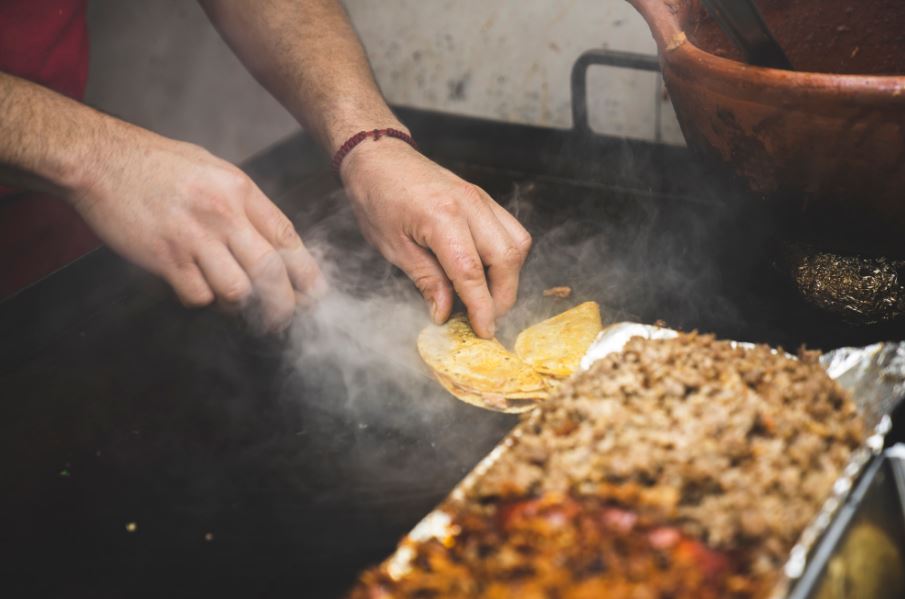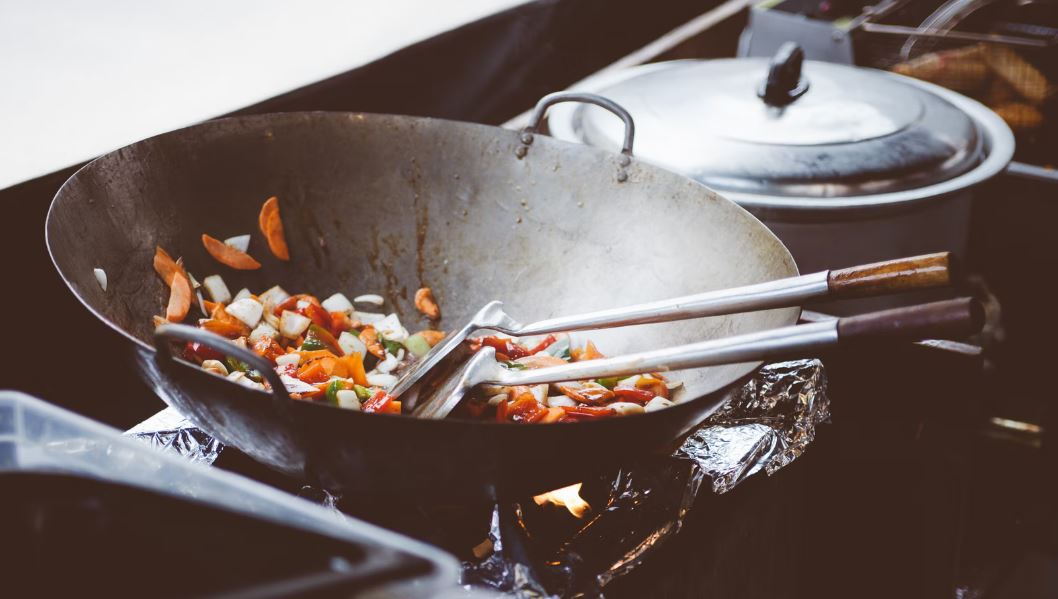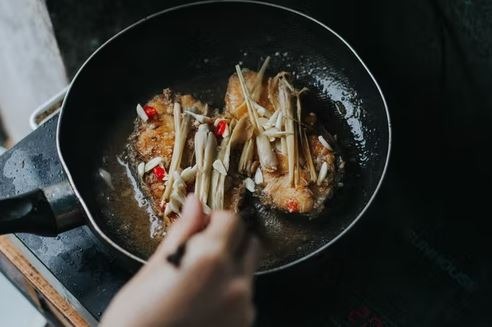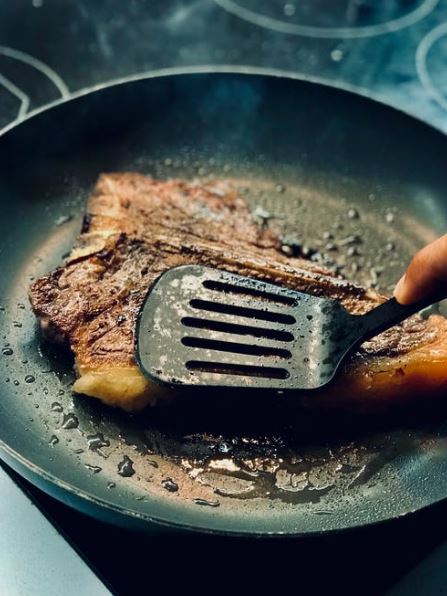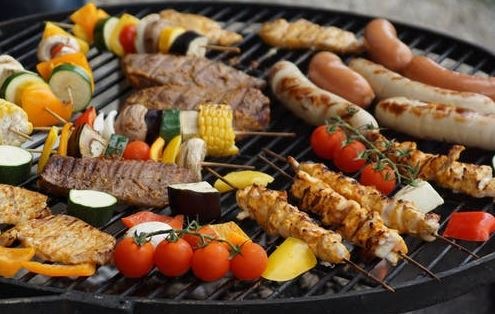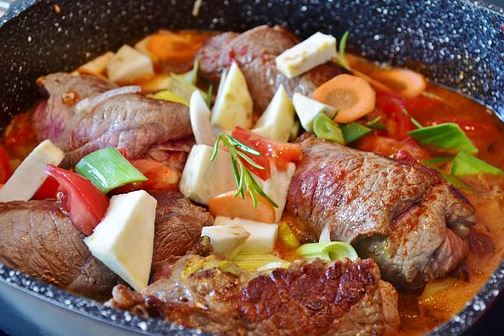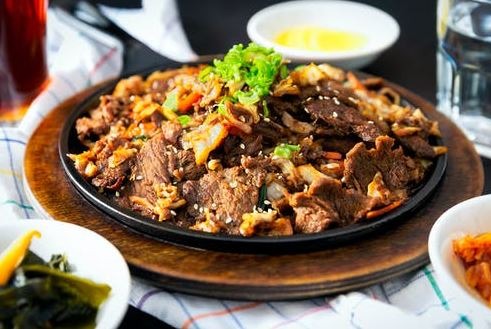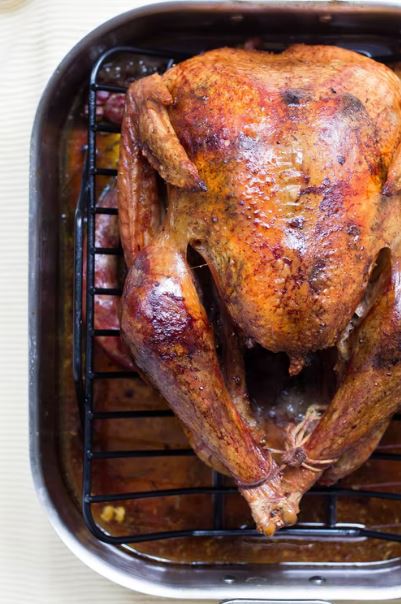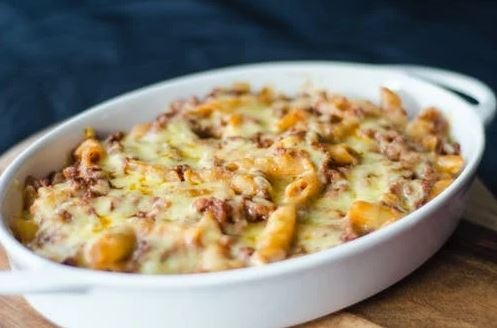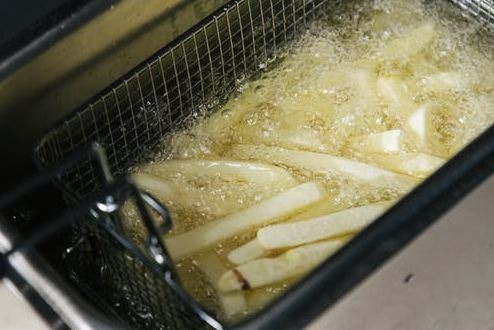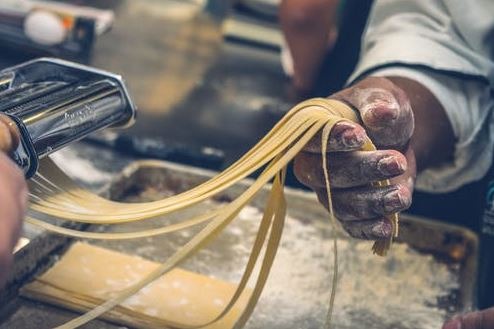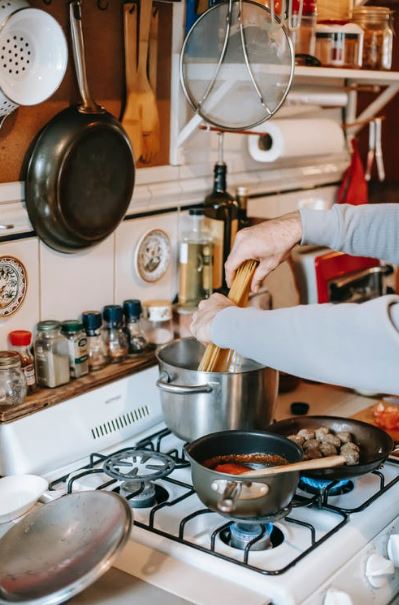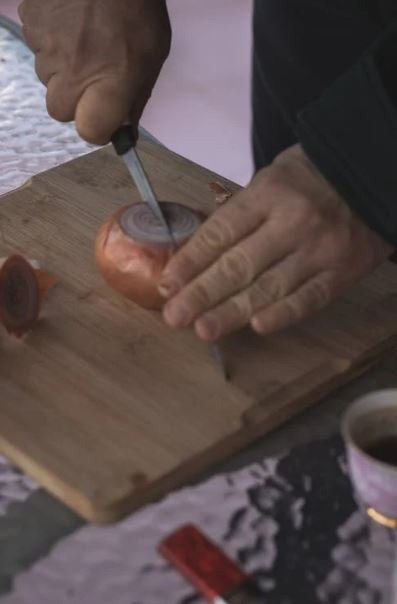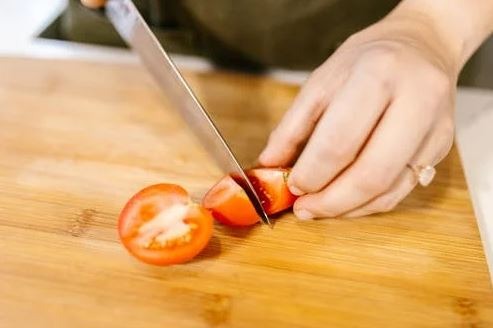For novice and seasoned chefs, the kitchen can sometimes feel like a vast and unpredictable sea filled with strange rituals and ingredients. The trick is to jump over and over again until you begin to confidently establish your cooking techniques in the kitchen. In the kitchen, you’ll hear terms or instructions you won’t find anywhere else.
The key to cooking is like dancing and knowing the moves. You can practice different cooking techniques that will open a whole other realm of expression in cooking. There are three main cooking techniques; dry heat cooking, moist heat cooking, and combination cooking. Each of these methods uses heat to cook food in various ways such as broiling, grilling, roasting, baking, steaming, braising, etc.
Essential Cooking Techniques
Some of them can be a little complicated or confusing. Tuscany Tonight offers some explanations for the more unique cooking techniques out there.
To Sauté or not to Sauté?
Sauteing is cooking food quickly in oil and/or butter over high heat using a skillet or sauté pan. Begin by preheating the pan over medium heat. Once the pan is heated to a nice, even temperature, add either butter or oil before turning the heat to high.
Butter flavors your food better and offers a nice golden crust to food, but burns quickly, while olive oil does? burn as quickly but is also lacking in rich flavor and color. A couple of tablespoons of either should be enough to get you started. The pan is ready when the butter turns a pale brown. Carefully add your ingredients so that no smoking occurs. Cooking time will vary depending on the ingredient, stirring the contents with a large wooden spoon or spatula.
Stir-Frying
Stir-frying is a Chinese technique that involves cooking ingredients in a small amount of very hot oil in a wok. A wok is a deep and thin pan that conducts heat extraordinarily well. If you don’t have a wok but still you want to stir-fry, then sauteing is a better substitute for this cooking technique.
Stir-frying is a high-octane version of Sauté such as the signature flip wok. The high walls ensure that you get an even and rapid cooking. If you are using the stir-frying cooking technique in a skillet, then it is just pan-frying.
Searing
When sautéing, braising, or grilling, the surface of the ingredient is first seared at high heat to create a caramelized golden crust full of flavor. It is also known as browning. With the searing cooking technique, you need to be patient.
It is very tempting to move the meat or fish once it hits the pan. Give it a good uninterrupted chance to brown completely before flipping it to the other side. It will lift and when it is fully cooked, separate it from the pan.
Grilling
Grilling is a cooking technique to cook food on a metal grate directly over a heat source. It can be firewood, burning coals, gas flame, etc. In grilling, the heat is transferred via radiation and high heat allows a rapid browning. It is best for foods that don’t need a long cooking time. Once you learn the grilling cooking technique, try grilled lamb chops with asparagus.
Braising
Braising is a combination cooking method that begins with a saucepan followed by slow cooking in a liquid. Usually, a Dutch oven or slow cooker is used in braising until all the ingredients soften. If you want to try braising as a cooking technique, then you should know that the braising method is successful when the ingredients and cooking liquid have transformed into something harmonious.
Stewing
Stewing is a close relative of braising and soup. It is a cooking technique to cook solid ingredients in a liquid until they are tender, melted, and infused with flavor. Usually, stewing is used for a mixture of proteins and vegetables. The ingredients cooked by stewing give an incredible texture that is hearty and reminiscent of a gourmet sauce.
Baking
The baking process surrounds the food with low to medium dry heat for a certain period. Baking is usually done in an oven. Breads, pies, and pastries bake from the outside while creating a light crust around an airy and soft center. When it comes to baking, Italian breads and cheeses are easy to mix and bake.
Roasting
The main difference between roasting and baking is the temperature. In baking, an average temperature of 350°F is used for long periods. Roasting, on the other hand, requires a high temperature to create a golden brown and crispy crust. For example, in whole roasted chicken the heat has to penetrate more complex ingredients than baking bread and pastry.
Broiling
A step above roasting is broiling. In broiling, a high and concentrated temperature is used for the finishing touch. Similar in execution to grilling, where the direct heat comes from below the food, broiling radiates down from the top of the oven. The direct flame cooks the food surfaces quickly. Hence, it is the perfect cooking technique for achieving a perfect char on the meats and vegetables.
Deep Frying
When a recipe calls for a crispy and golden coating, the best way to do it is by using the deep-frying cooking technique. Deep frying of food is done by immersing it in the hot fat, usually vegetable oil, olive oil, or Tuscan olive oil. Although it is perhaps one of the most infamous and bad for health, it is certainly one of the tastiest food cooking techniques.
What is Al dente?
Literally translated, al dente means to the tooth. When applied to cooking, it refers to cooking pasta, and sometimes vegetables, so that the pasta is slightly chewy or firm to the bite. In other words, you have to use your teeth!
Cooking Pasta
Most pasta products offer directions on the back of the packaging. A 1lb package of pasta can often serve 4 people. Best practices include using lots of water so that the pasta won? stick together. You may also want to add a couple of teaspoons of oil to help break apart the pieces. Add about a tablespoon of salt per pound of pasta to bring out the flavor of the pasta. Most pasta is ready to serve after 8-10 minutes of cooking.
Cutting Onions
Remember when you were a kid and got stuck cutting the onion? Well, if you have kids of your own, now’s the time to pass along the torch. If not, there are some easy tips to make the process less tearful.
To reduce the strong odors of onions, give off, try placing the onion in the freezer for 10 minutes. You can also cut the onion underwater, allowing the water to trap the odors.
To cut the onion:
-Cut the stem ends about 90% off, leaving enough so that you can easily tear the first layer off.
-Placing the onion on the cut end, slice it in half longways. Yes, you will still have the root attached. This helps hold the onion together while slicing.
-Take each half of the onion and lay it down flat, making cuts long ways from top to bottom without cutting the root at the end.
-Rotate the onion about 90 degrees and make cuts across the onion, cutting to the size of the pieces you wish.
Cutting Tomatoes
The two most important elements of cutting tomatoes are the tomato itself and the knife. The tomato should be ripe, but not overly ripe. Make sure the skin is not wrinkled and that the texture is firm but not hard. The knife should be twice as big as the tomato and as sharp as possible maybe.
To use as much of the tomato as possible, use a small paring knife to cut out the root from the top. Do this in a V shape cutting and discard.
For slicing: Place the tomato so that the core is parallel to the cutting board. Slice the tomato into 1-inch slices, making sure the knife cleanly cuts through the entire tomato.
For quarters: Place the tomato so that the core is perpendicular to the cutting board, parallel with the knife. Slice the tomato in half. Slice each half down the middle in the same direction. You may need to do it once more depending on the size of the tomato.
For dicing: Follow instructions for slicing, then quarter each slice. Tomatoes are messy. When dicing fresh tomatoes, you will lose some of the seeds and insides. Let the seeds and insides separate and use the firm part of the tomato to cut into squares.
Cooking Techniques – Art of Preparing Food
Cooking is either an art or science or a mixture of both. Cooking is the practice of transforming a raw ingredient into finished food. For example, bread into a toast, dough into pie or pastry, chicken into a roasted chicken, beef into a grilled steak, etc. There are three basic cooking techniques such as moist heat cooking, dry heat cooking, and a combination of these two. These basic cooking techniques are further complemented by broiling, grilling, roasting, baking, sauteing, etc.
When it comes to basic cooking such as cutting onions or tomatoes, then anyone can do it. But some recipes require different types of cuttings such as dicing, quarters, and slicing. Also, cooking pasta requires extra terms or instructions. Not everyone can cook great pasta because it requires the art of preparing food. A single mistake can ruin your whole recipe. So, before you step into cooking techniques, learn the basic cooking tips.

